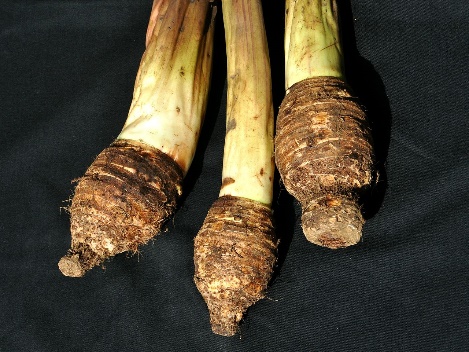9 PACIFIC OCEANIA
The Pacific Islands were the last region to be inhabited by humans, with migration from Southeast Asia occurring around 3,500 years ago. This vast expansion, considered the greatest maritime achievement in history, resulted in human settlements on every habitable island by 1200 CE. Due to the vast distances between islands, distinct societies developed, yet they shared a common cultural region. Trade and communication networks connected these societies, facilitating the exchange of goods, ideas, and cultural practices.
The island societies were shaped by their reliance on the ocean for food and resources. Shells were used as currency and for tool-making, while agriculture was developed to supplement marine resources. Taro, yams, sweet potatoes, breadfruit, and coconut palms were cultivated, with varying success depending on the island’s conditions. Most societies were organized into chiefdoms, with higher social stratification on larger islands like New Zealand, Hawaii, and Tonga. Women’s roles varied across cultures, with Polynesian women holding high status and wielding significant power, while Melanesian women faced greater subordination. Village councils made decisions by consensus on smaller islands, where chiefs and priests held limited authority. This diversity of societies and cultures thrived in the Pacific Islands, connected by a shared history and geography.

This photograph shows the root (called a corm) of the Taro plant (Source: Wikimedia)
At the start of the 16th century, Pacific Oceania was a vast and largely unexplored region, disconnected from the global landscape. However, this isolation was soon disrupted by the arrival of European explorers. In January 1528, Alvaro de Saavedra, a Spanish navigator, made landfall in the eastern Caroline Islands, Micronesia, initiating a wave of European presence in the Pacific.
As Spanish explorers continued to arrive, they introduced non-native species, including livestock and crops, which significantly altered the islands’ ecosystems and had far-reaching consequences for native populations. They also brought diseases like influenza and measles, which spread rapidly and decimated indigenous populations, who had no immunity to these diseases. This introduction of diseases was a calamitous event that resulted in the loss of thousands of lives, causing irreparable harm to the native populations and forever altering the course of their history.
Reports from Inca merchants about islands in the western Pacific prompted Spanish expeditions to explore the region. In 1567, Spanish explorers encountered the Solomon Islands, Melanesia, and in 1595, they reached the Marquesas Islands, Polynesia. These encounters marked the beginning of a new era of European engagement in the Pacific, characterized by complex cultural exchanges, economic transformations, and environmental changes.
|
Click and Explore |
|
Learn more about the cultural significance of tattoos in Polynesian culture by visiting the PBS website: Skin Stories
|
